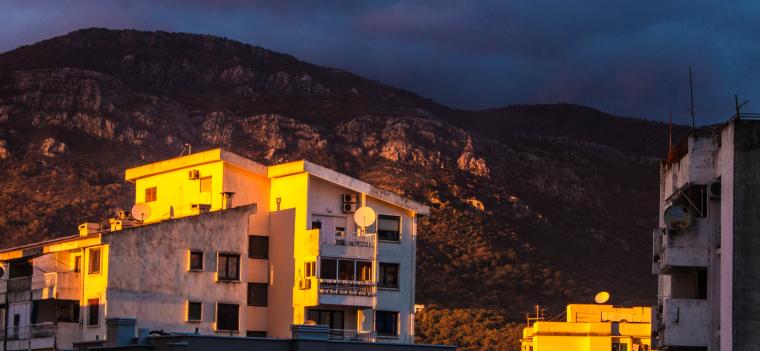News
- World Bank–financed energy efficient (EE) retrofits are improving public sector buildings and helping Montenegro reduce energy consumption and carbon dioxide emissions.
- A second project will go further, retrofitting hospitals and clinics and introducing a sustainable EE financing mechanism.
- ESMAP was instrumental in designing this innovative financing mechanism, allowing for energy cost savings to be reinvested in EE.
More than a third of Montenegro’s power is supplied by coal-fired power plants and its energy intensity is 20% higher than its European neighbors, resulting in carbon dioxide emissions that are 2.5 times higher than the EU average. Buildings are the largest energy consumer, accounting for more than 40% of the country’s final energy consumption.
In 2008, the World Bank approved the Montenegro Energy Efficiency Project, which implemented energy efficiency (EE) improvements in schools and hospitals. In the 49 buildings retrofitted under the project, energy consumption was cost‐effectively reduced by an average of 40%. The investments led to significant cost savings for the government and increased end-user satisfaction levels, as measured in a survey of over 3,000 consumers, from a low of 5% to a high of 85–100%. Additionally, the project is expected to generate 150 GWh of energy savings and 60,750 tons of carbon dioxide savings over the lifetime of the investments.
Recognizing the demonstration effect of this EE project, the Energy Sector Management Assistance Program (ESMAP) stepped in to enhance its impact. A regional study on options to reduce energy consumption in the Balkans confirmed that the Montenegrin government could reduce energy consumption by 30–45% and generate annual energy savings of 706 GWh by targeting commercial and public-sector buildings with EE upgrades. However, with limited resources and business-as-usual approaches, the timeline to retrofit additional buildings and realize these energy savings would be significant. For many decision makers, the expense of EE retrofits and the time it takes to realize cost savings have outweighed the perceived benefits. This has been one of the barriers to increased investment in energy efficiency around the world.
To promote financial sustainability and decrease the timeline for additional EE retrofits, ESMAP provided funding to design a revolving financing mechanism in which energy cost savings are captured and then used to finance additional EE investments. The model is now being used in the recently approved $7.4 million Montenegro Second Energy Efficiency Project. By demonstrating that EE investments can be financed using energy cost savings, the project is an important step in attracting commercial financing for EE investments in the public sector, and potentially beyond, in the industrial, commercial and residential sectors.
